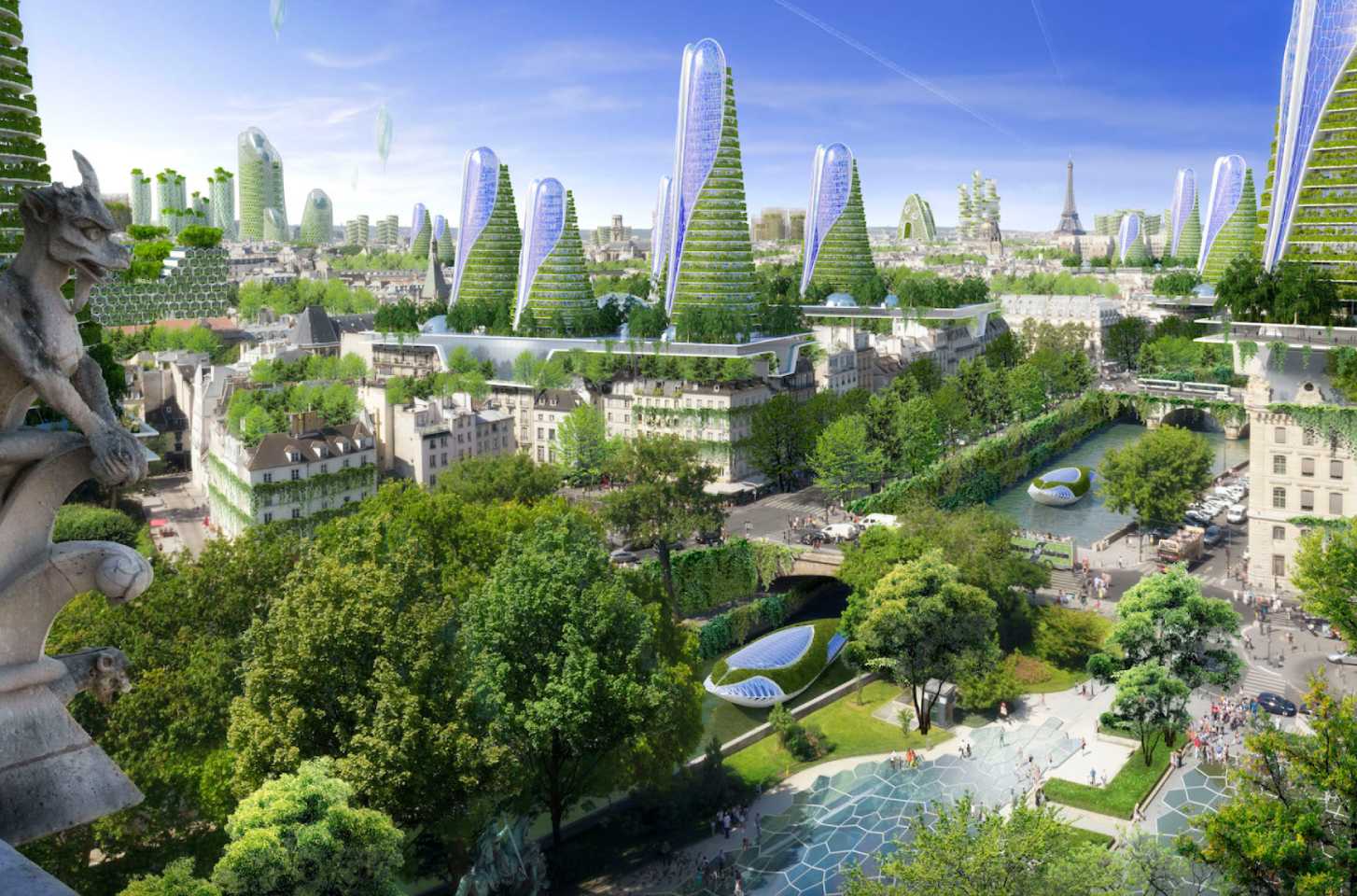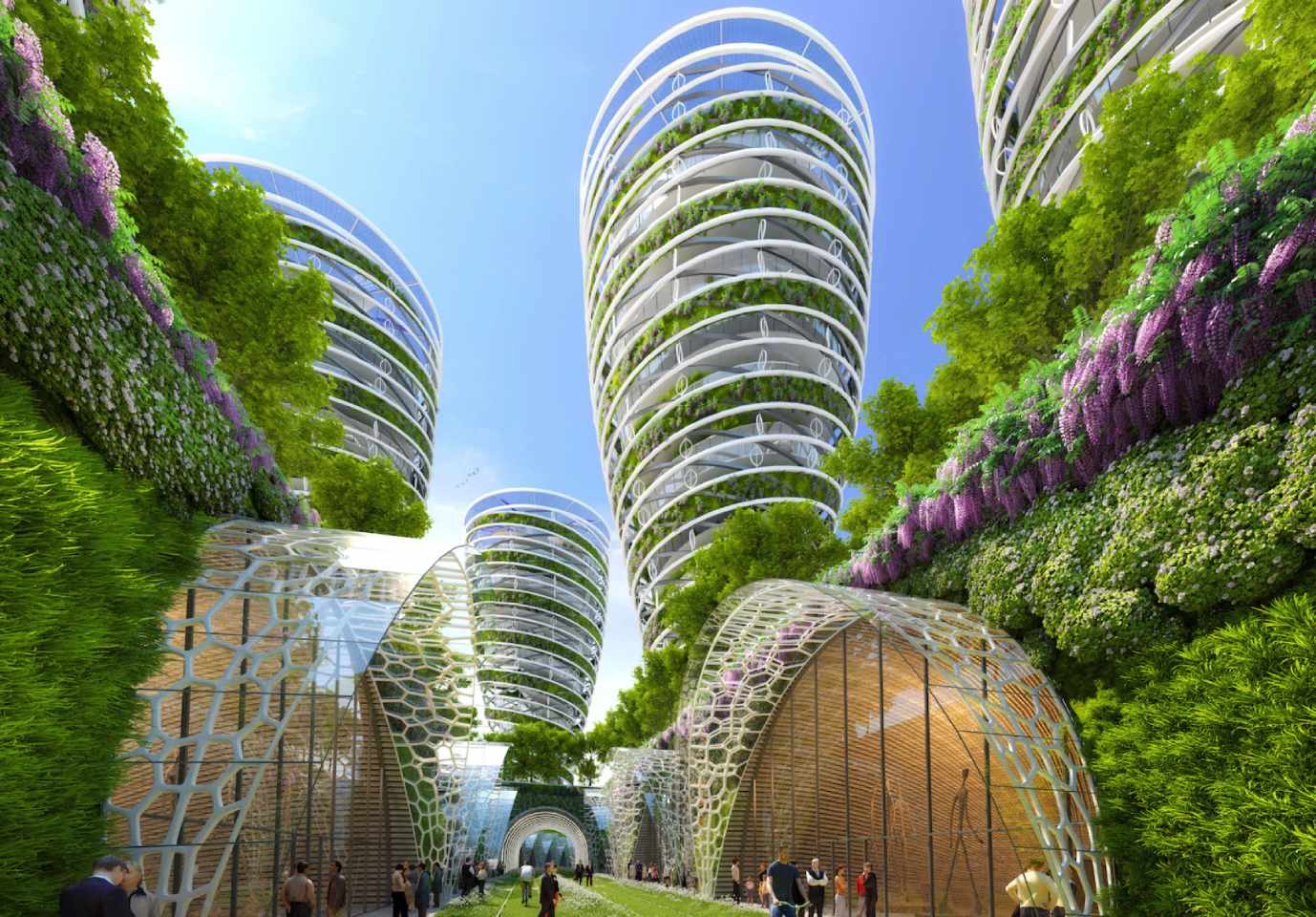A look at the green towers that the company Vincent Callebaut Architectures has made.

As the city of light and history, Paris has always had to find a way to balance its building history with the needs of a world that is always changing. This is why the idea to build a series of eco-friendly towers doesn’t seem so crazy.
The big plan for “2050 PARIS SMART CITY” brought up an important question: Should Paris just be a city of museums or let change happen? In line with the Paris Climate Energy Plan, which aimed to cut greenhouse gas emissions by 75% by 2050, this research and development project, which is being led by the architecture firm Vincent Callebaut Architectures and includes engineers from Setec Batiment, has big ideas for the city’s future.

As a result, a group of ecological towers were built to not only cut down on pollution and make the city denser but also bring nature back into the middle of the city.
The positive energy towers (BEPOS) combined bioclimatic design with renewable energy. They had solar panels that looked like dragonfly wings, reversible hydroelectric storage, and balcony plants that reused water and encouraged phytopurification and composting.

The revitalization of the Petite Ceinture, a former train line that goes around Paris, is another exciting part of this vision of the future.
In its heyday, it was an important link between the city’s main train stops and its defenses. But when the subway came along, it became less useful. The city is now turning this historic gem into a green ecological corridor. This will protect the railway’s history and give people more green areas.
The ecological towers, called Antismog Towers, are very important to this change because they are built with community gardening and phytopurification technology built in.

These eco-friendly buildings are not only meant to look great but they are also meant to be energy-efficient and good for the environment. These projects show that the architecture of the future can be both environmentally friendly and aesthetically pleasing. For example, wind turbines can be used to make electricity, and the Petite Ceinture tunnels can use the difference in temperature to cool buildings passively. super cool.

These new ideas for architecture are making the dream of a better, more sustainable Paris come true. The eco-towers show us what the city will be like in the future: a Paris that accepts modernity without losing its historic charm, where nature and architecture coexist peacefully. This is an exciting time in the history of this famous city.